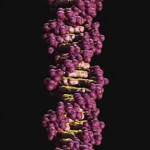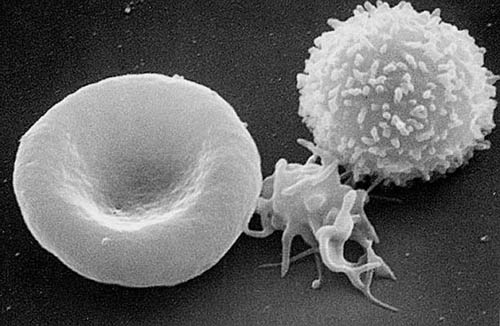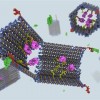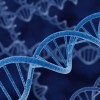Does New DNA Always Mean New Traits?
 I was teaching a class of fifth grade students last week and we were discussing the characteristics of DNA and cells. As a group, we described how the human body is made up of a variety of cell types, including muscle cells, nerve cells, and more. I explained that although cells can be diverse in their appearance and functions, within one organism they all have the same DNA (except for mature red blood cells and gametes). The reason that a nerve cell is different from a bone cell is simply that they use different recipes in different ways.
I was teaching a class of fifth grade students last week and we were discussing the characteristics of DNA and cells. As a group, we described how the human body is made up of a variety of cell types, including muscle cells, nerve cells, and more. I explained that although cells can be diverse in their appearance and functions, within one organism they all have the same DNA (except for mature red blood cells and gametes). The reason that a nerve cell is different from a bone cell is simply that they use different recipes in different ways.
A student then asked what happens to someone if they get a blood transfusion. He was concerned since receiving blood from another person would mean you had the cells of the other person inside of you. He said, “Would that change the way you look?” The student seemed worried by the idea that the cells in the new blood would contain the DNA of another person. Since cells use the information in the DNA to determine our traits, he assumed that there was the possibility that a blood transfusion could change the way that you look.
While receiving a blood transfusion will not change your hair or eyes, the new cells you get will help you survive if you have lost too much of your own blood. The new blood contains the plasma (liquid), red blood cells, white blood cells, and platelets. The blood fills up the volume of what you have lost while the new cells can perform a variety of functions, including the transport of oxygen. Even though the new cells do have new DNA, the cells will only be using the recipes to help them work as blood cells. In addition, these cells will die and be replaced by your own new blood cells with your own DNA.

| Print article | This entry was posted by Erin McKechnie on November 10, 2009 at 11:55 am, and is filed under DNA From The Beginning. Follow any responses to this post through RSS 2.0. You can skip to the end and leave a response. Pinging is currently not allowed. |









